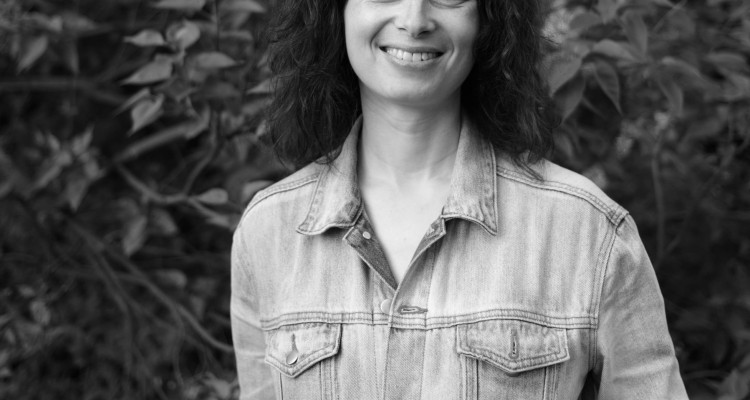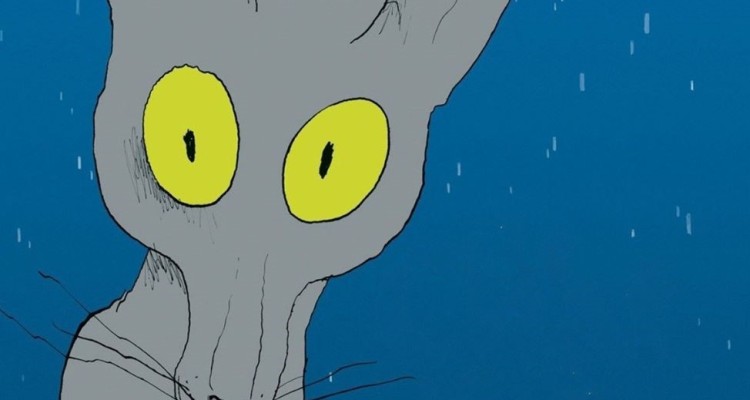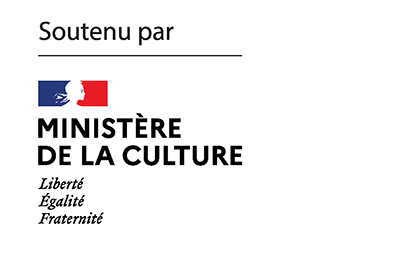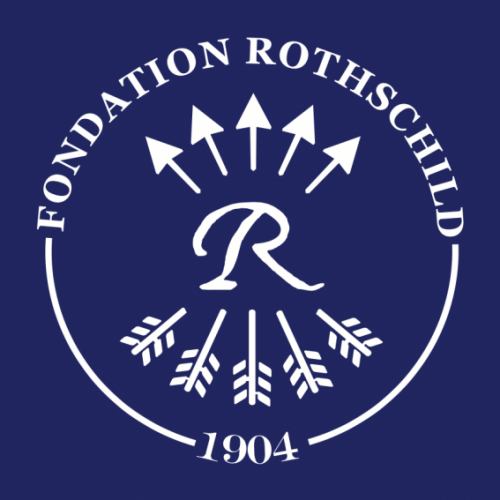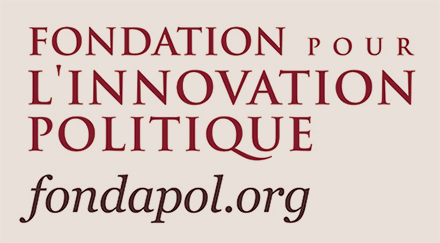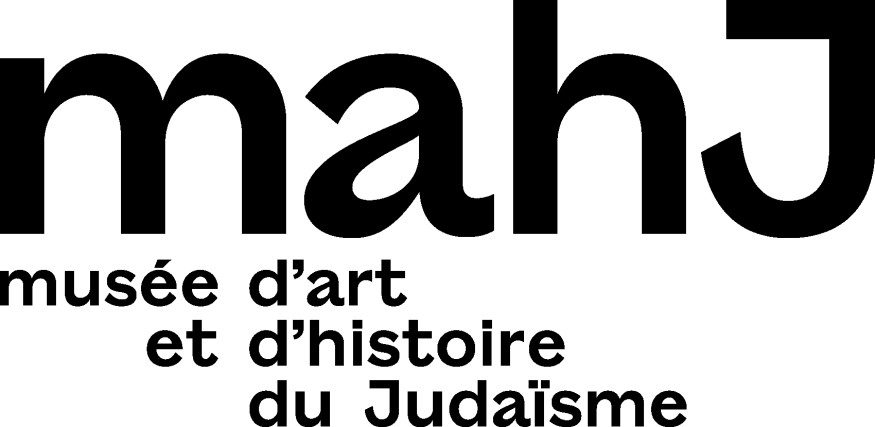On the eve of World War II, three million Jews lived in Poland. The vast majority were murdered by the Nazis. Most of those who survived in hiding or, more likely, in exile in the Soviet Union, emigrated to the West. Many of those who had been communists before the war returned to Poland to try to build an egalitarian society. Yet the Party failed to combat deeply entrenched antisemitic attitudes, and at times exploited them for political gain, leading to successive waves of out-migration. The result is that perhaps 15,000 Jews live in Poland today, one of the most ethnically and religiously homogeneous societies in the world. Arlene Stein spoke to Anna Zawadzka, Polish sociologist, who examines the changing forms of antisemitism in Polish culture and how Poland’s history of antisemitism is a key element of the contemporary political culture.
Do you remember Andersen’s fairy tale The Emperor’s New Clothes? Recently, in Israel, reality caught up with the fairy tale. Benjamin Netanyahu, who thought he could improve his image after the hostages’ deaths by appearing alongside the bereaved parents, experienced what it’s like to be a naked king in public. For a moment, the father of a deceased hostage shattered the dignity in which Netanyahu was trying so hard to drape himself, by reminding him of his responsibility for the tragedy facing Israel. This week, Noémie Issan-Benchimol analyzes this political event, which, although microscopic, nonetheless reveals the cleavages running through Israeli society, and the way in which the legitimacy of power is currently being challenged.
If a cat speaks when a parrot is eaten, is it enough to say “Jewishness” to understand what we are talking about? European Judaism, and French Judaism in particular, is a mixed reality, inherited from disparate socio-political contexts and traditions, which fit together as best as they can. However, this reality is all too often viewed from an Ashkenazi-centric perspective, which makes Yiddish with a Polish accent the marker of Jewish identity par excellence, and prefers – one wonders why – stuffed carp to the sweetness of North African pastries. The arrival of a free-thinking cat on the French cultural scene has righted some wrongs in this respect. Paying tribute to Joann Sfar’s brilliant comic strip The Rabbi’s Cat (Le Chat du rabbin), Ewa Tartakowsky takes the opportunity to question the colonial situation in which Algerian Jews became French, and the way in which it continues to fuel inequalities within the Jewish world.
Wishing you a good read and a happy Jewish new year. Shana Tova from the team at K.
The Editors
